Research
Play to Earn vs. Play and Earn: What's the Difference?
ChainPlay
•
2 years ago
Share :
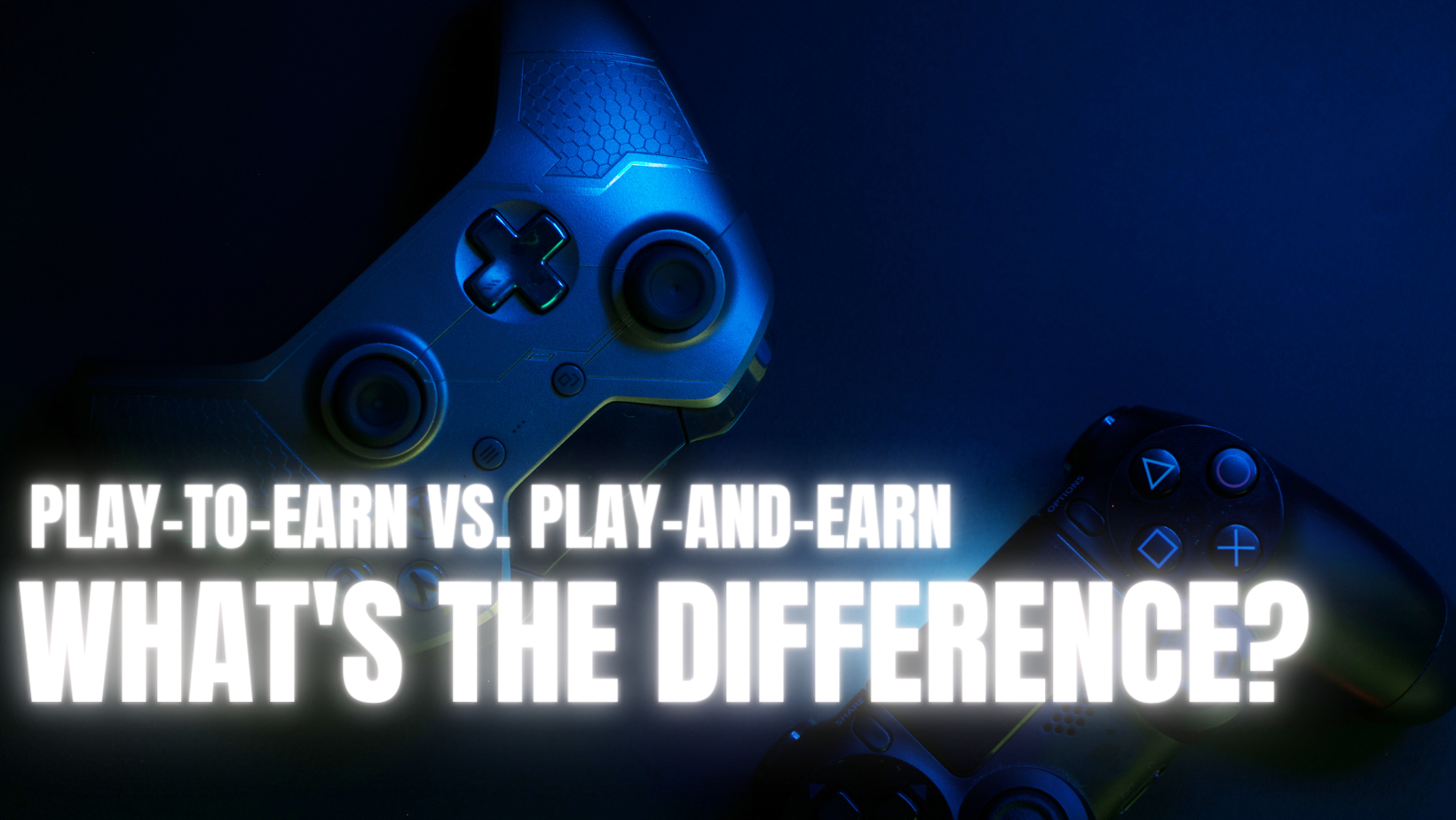
The introduction of blockchain technology to the world has brought with it a new era in governance and financial services. Applying this new technology seeks to revolutionize several industries such as finance, governance, and surprisingly - gaming.
GameFi combines the terms “gaming” and “finance”. It takes the massive market size of the gaming industry and combines it with DeFi to add financial incentives to games. Arguably the most popular GameFi model would be the Play-to-Earn (P2E) genre that was bolstered during the pandemic in 2020.
What is Play to Earn?
The concept behind P2E is simple. Users are rewarded in-game tokens for playing the game, often for achieving quests or winning battles that can be traded or sold at an exchange platform. Most of them were free-to-play, which removed the monetary barrier most games require.
Play to earn allowed players to earn money while playing games. By playing the game, users can earn tokens, trade them for goods and services, or sell them on an exchange platform. It might sound like a simple idea at first glance, but there is a lot more that goes into making crypto games properly function than a traditional web2 game.
NFT games often require a built-in economy that allows players to buy and sell goods and services. Users also require an exchange to convert their in-game currency for fiat easily. As such, developers must also be able to track and verify transactions made by other players. A verification system is a must to ensure payments are being sent from one player to another without fraudulent activities taking place.
P2E Popularity
The P2E genre mainly went into popularity during Axie Infinity’s prime. At the game’s peak, it had 2.7 million players in 2021. The game used cute Pokemon-like creatures called Axies, enabling players to trade, collect, and battle for profit. Due to the game’s massive popularity, Axie’s native token, $AXS, experienced an ATH (All-time-high) of $164.
Image source: Axie Infinity
Players from third-world countries like the Philippines were able to earn more than their minimum wage. They were able to play games and earn money while doing it. This prompted certain users to quit their day job altogether, to pursue the game full-time.
CryptoKitties is also a widely popular P2E game. Similar to Axie, it is also composed of creatures that can be bred and sold for profit. Regarded as the first big blockchain game, it bolstered the success of Ethereum, the second-largest layer1 in Web3, making it a vital phase in the network’s growth.
Problem with P2E
Despite P2E’s popularity, it eventually met its demise once the bear market settled in, driving token prices downward. The most common problem users had with the genre was its unsustainable economies.
With any economy, a good balance of supply and demand is vital to its health to operate.
P2E games were designed to operate based on supply and demand, however, their economics depended entirely on that fact.
The majority of P2E games were heavily reliant on the influx of new users to fund the economy. However, while P2E games could thrive in this environment, they could only survive it for a while.
Eventually, if the game was unable to attract enough new players or if the flow of sales diminished significantly, then these games would subsequently crash under the weight of their own expenses and become a victim of their own success. Many popular P2Es had already crashed before the bear market even began.
If the primary motivation for gamers to play a game is earning, then users sought no reasons to continue further once the prospect of earning a profit was removed. This creates a game entirely composed of investors, and speculators, not true gamers.
The Emergence of Play And Earn
The shift from “Play-to-Earn” to “Play-and-Earn” seeks to distance itself from its predecessors to establish a game model that focuses primarily on gaming features. In other words, ensuring the gameplay is more fun to attract gamers - not investors.
The emergence of play and earn takes the industry back to its traditional web2 gaming roots since GameFi is more about gaming than it is about finance. It properly repositions the gaming experience at its core, ensuring long-lasting player retention.
Image source: Riot
Numerous gamers have spent money on traditional skins in Valorant and League of Legends. Even though they do not have exclusive digital ownership of the asset, the possession of in-game skins greatly enhances the gameplay, prompting gamers to purchase them regardless of whether or not a financial return is expected.
Crypto games have NFTs – revolutionary technology that gives digital ownership to users. But within the premises of a play-to-earn model, these NFTs are often relegated simply to merely speculative assets.
Play and earn not only promises a more refined gaming experience, but it leverages the strengths of NFTs to combine digital ownership and greater engagement to position itself as the best use-case for NFTs
Image source: Chainplay
One of the promising play-to-earn games at its time, Cryptomines, experienced an encompassing FUD(Fear, Uncertainty, Doubt) throughout its community that eventually led to the collapse of its native token. The fear started with a general distrust of how many tokens were allocated among its developers, which broke into numerous separate rumors, increasing FUD even more.
Speculators and investors bailed out of Cryptomines in fear of losing profit, leaving the project in a difficult position. Additionally, Axie Infinity’s “Scholar” system allowed users who could not afford the steep cost of Axie NFTs to earn under relatively well-off players called managers. Scholars quit playing Axie once their earnings did not justify earning a living wage, since many of them quit to pursue the game full-time, treating their earnings as monthly salaries.
From the beginning, play to earn users' primary incentive was to extract as much value from the in-game economy while trying not to contribute value back. Long-term sustainability will be primarily achieved by pursuing a gameplay-focused model since this attracts the appropriate kind of audience for long-term engagement.
Numerous developers and builders already recognized the need for more play and earn games for the industry to rise while also maintaining its free-to-play aspects. The top NFTs games in 2022 reflect this shift, many of which are described to be AAA titles, which are the highest quality games possible, playing-experience-oriented.
Final Thoughts
Although play-to-earn has experienced a bad reputation for its flaws, it's essential to realize that the movement towards a player-focused experience would not exist without the foundations laid by play-to-earn.
Like many growing industries, GameFi continues to learn and grow from its mistakes. The industry is still currently in its infancy, thus we might soon see a lot more correcting to find the right spot to maintain its place in the market.
There are roughly 3 billion gamers worldwide. For NFT Games to reach mass adoption, the industry must tap into the entire gaming player base to reach its full potential. This shift towards gameplay-focused manifested in the play-to-earn movement might be exactly what the space is looking for.
Share this article
Latest News
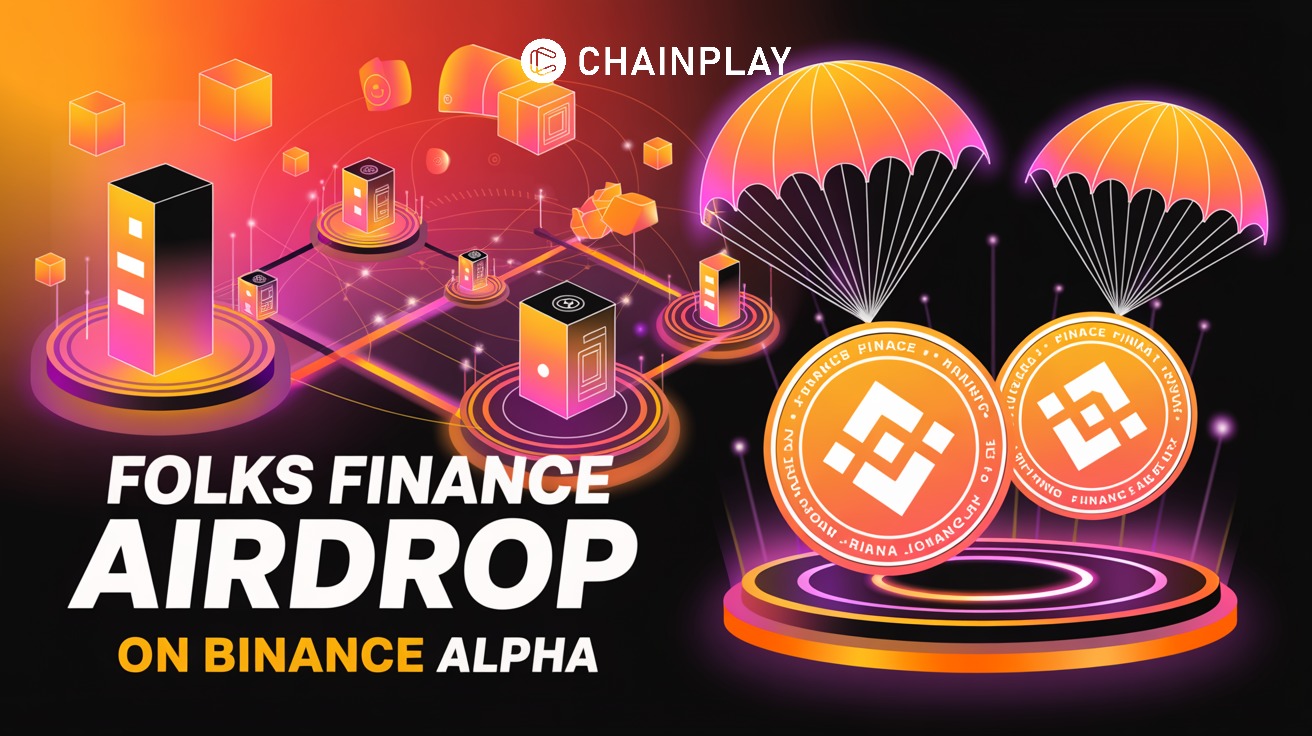
Binance Alpha Airdrop and Futures Launch for Folks
7 hours ago
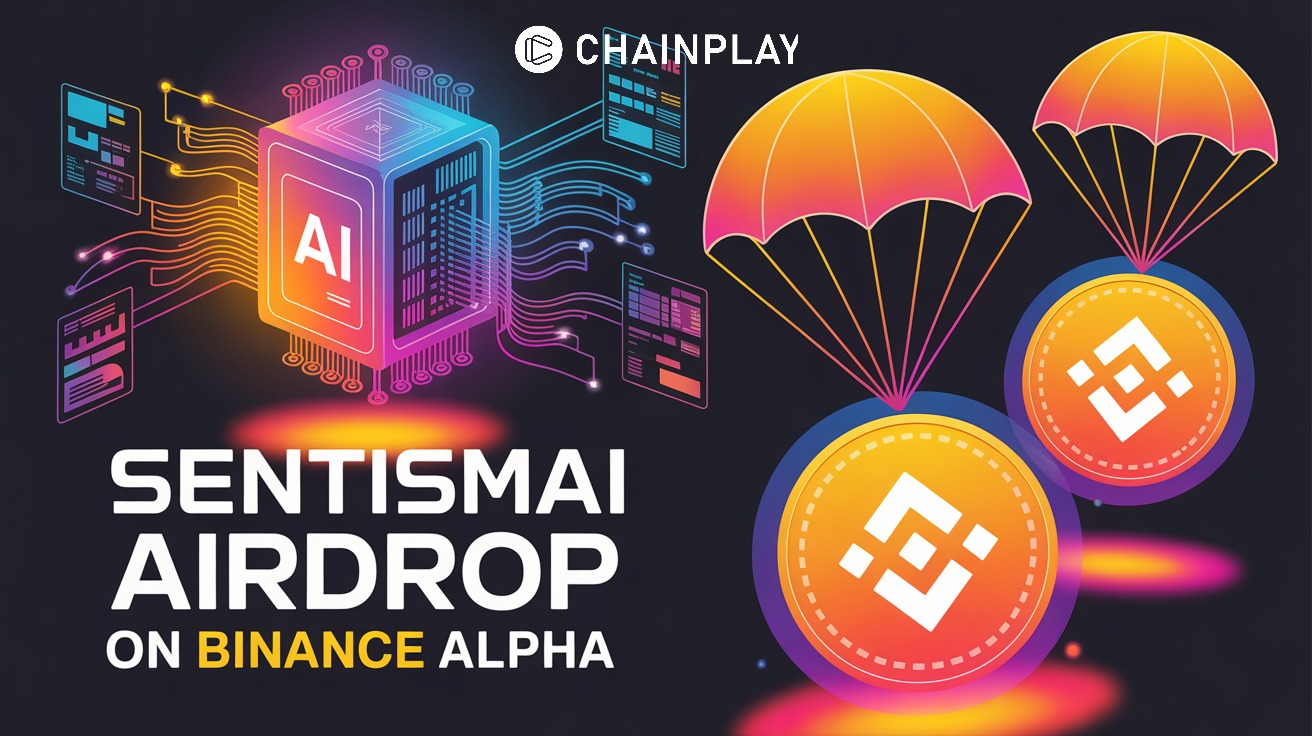
SentismAI (SENTIS) Will Be Available on Binance Alpha
8 hours ago
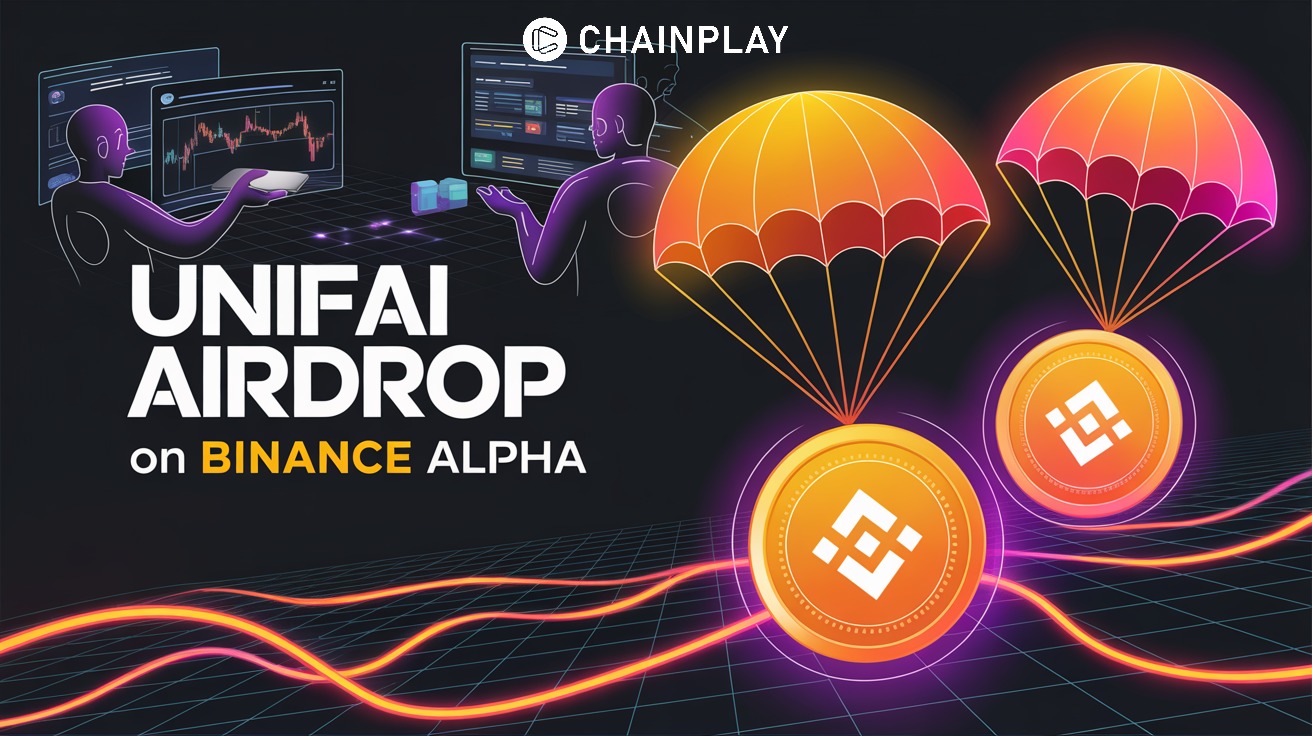
Binance Alpha Airdrop and Futures Launch for UnifAI
10 hours ago
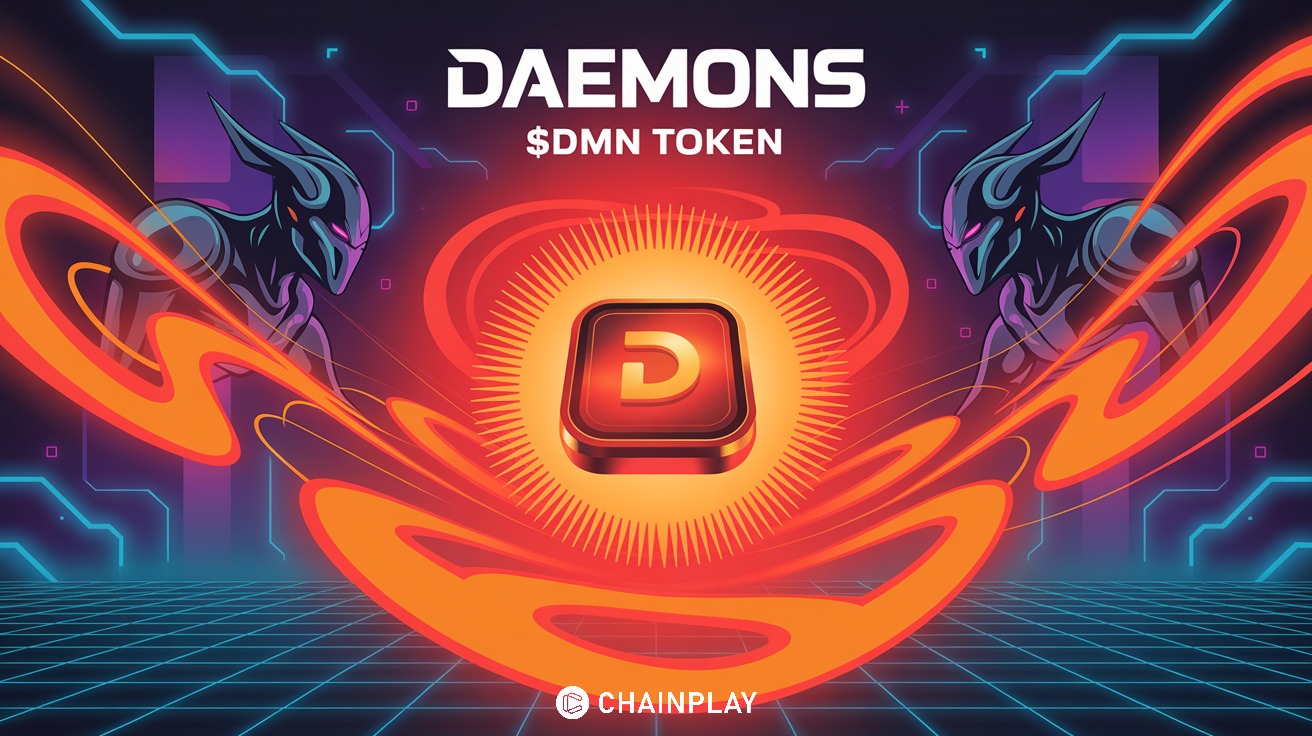
$DMN Token Launch: Dæmons Opens Staking on Nov 7, 2025
10 hours ago
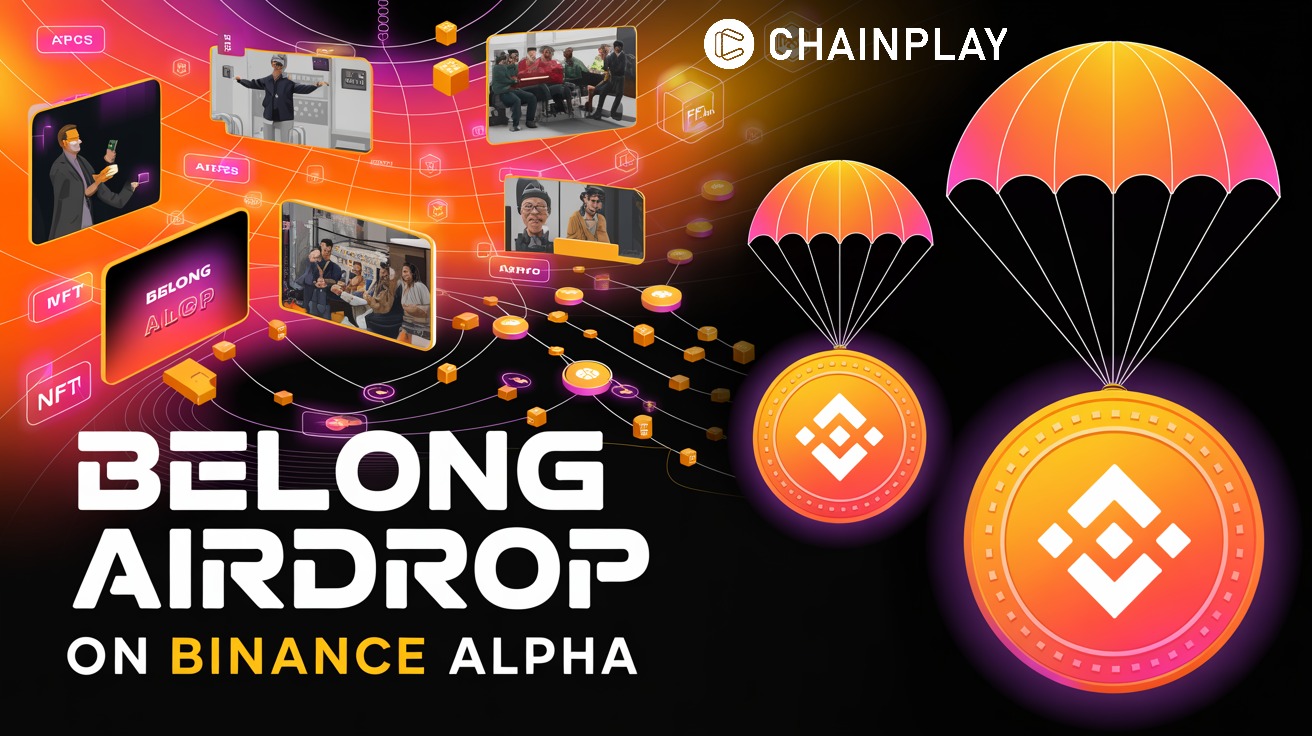
Belong (LONG) To Launch on Binance Alpha on November
12 hours ago
Related articles

Vietnam launches Resolution 05, opening a 5-year regulatory sandbox for crypto trading. With 20M+ crypto users and new legal framework, can Vietnam become Southeast Asia's blockchain hub?
ChainPlay
•
one month ago
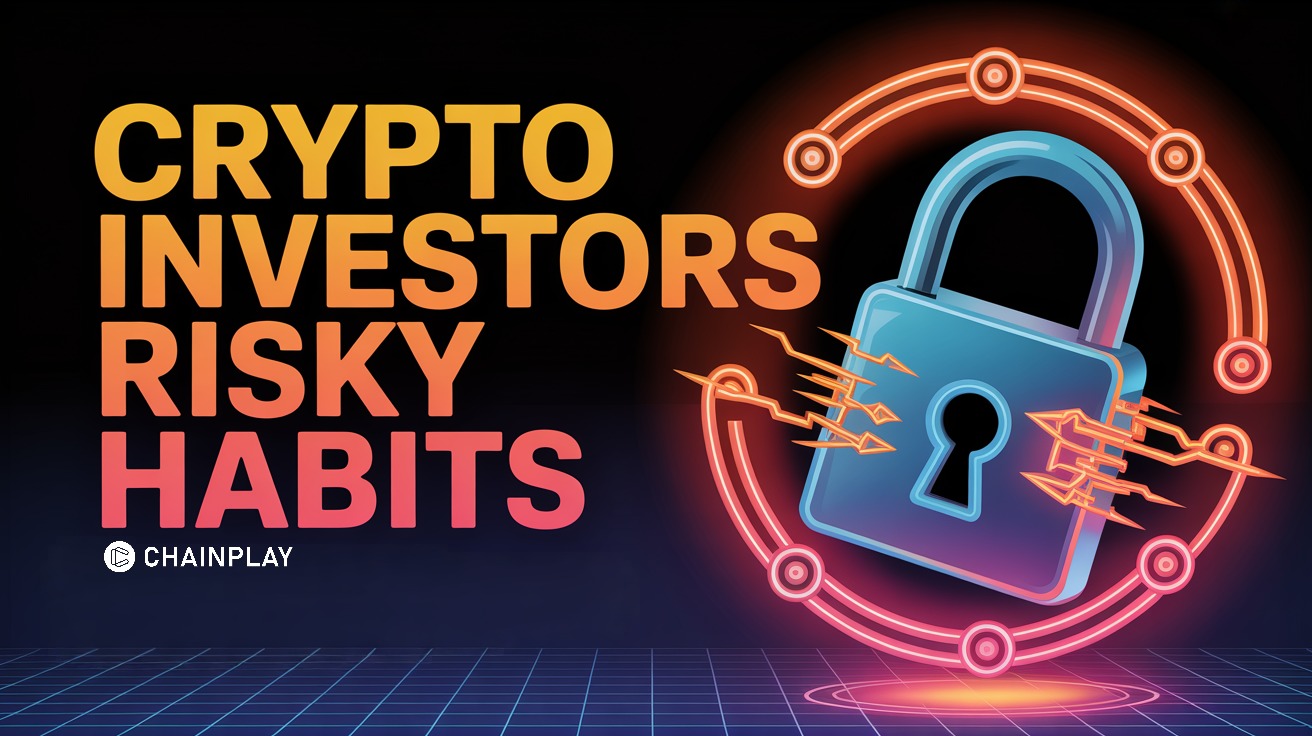
We surveyed over 1100 crypto investors to reveal just how widespread and persistent these risky behaviors are.
ChainPlay
•
one month ago
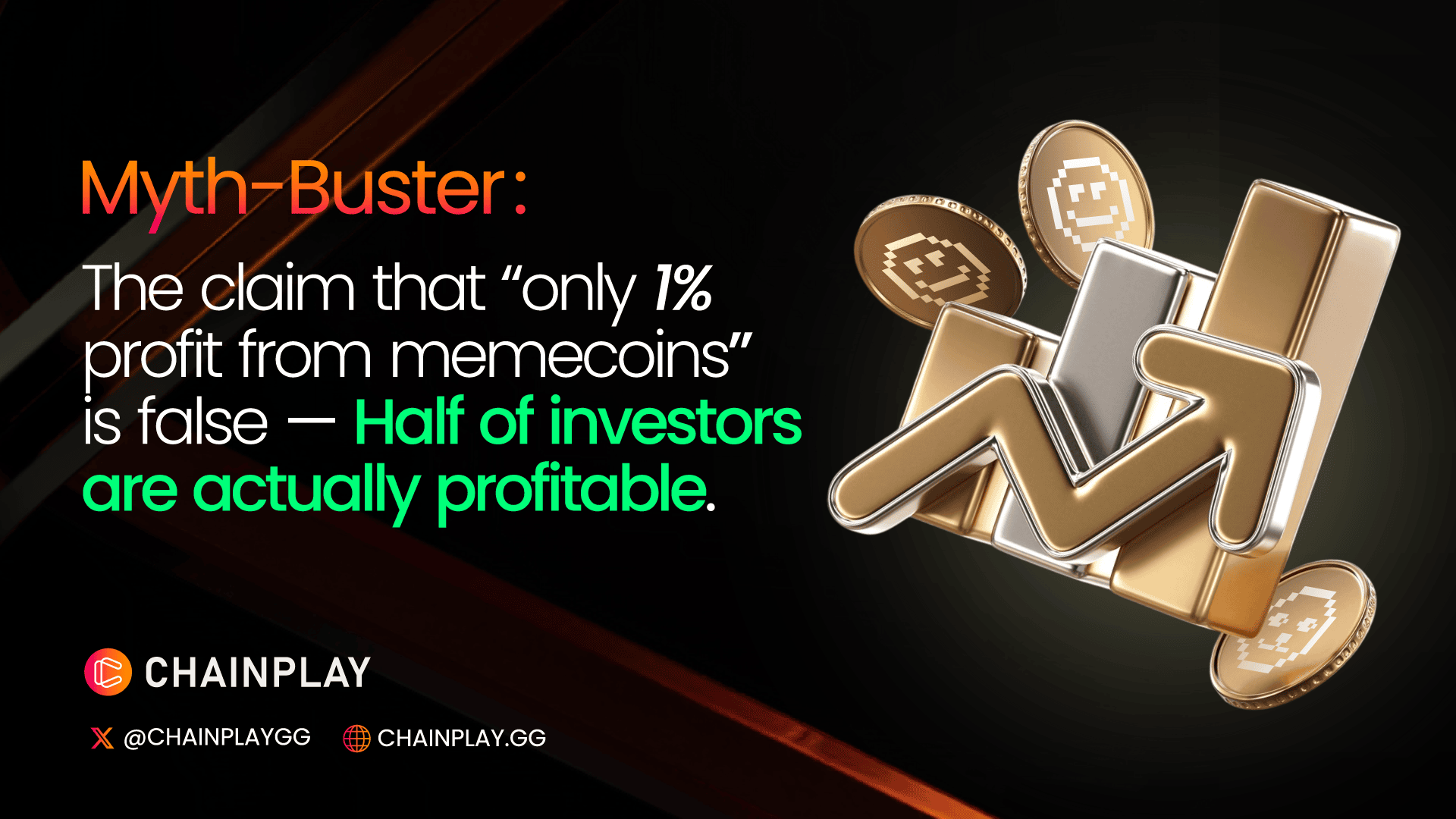
Nearly half of memecoin traders are actually profitable, reshaping how investors view this high-risk corner of crypto. The line between speculation and real strategy is fading fast. Check out the full study to know how
ChainPlay
•
7 days ago



